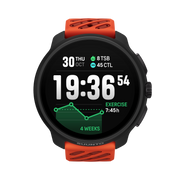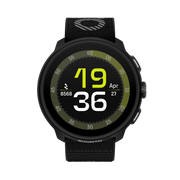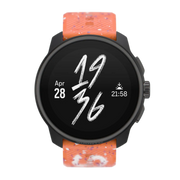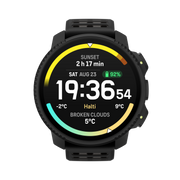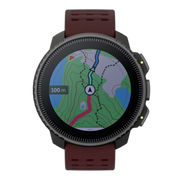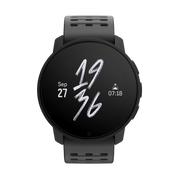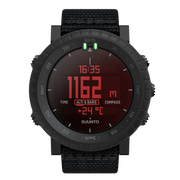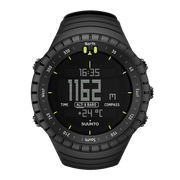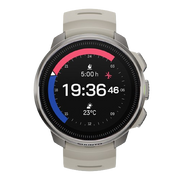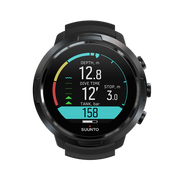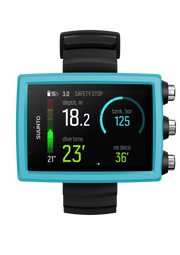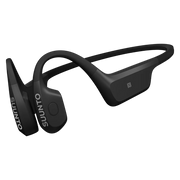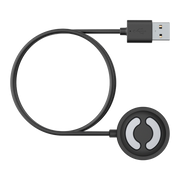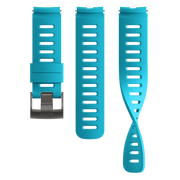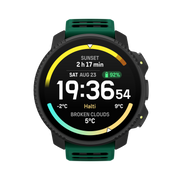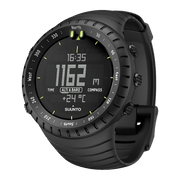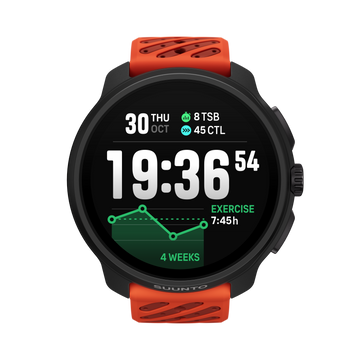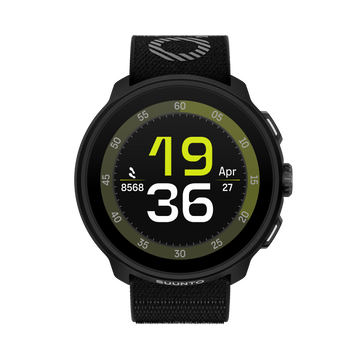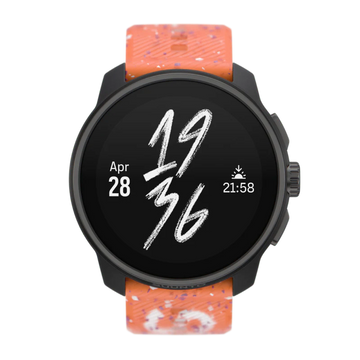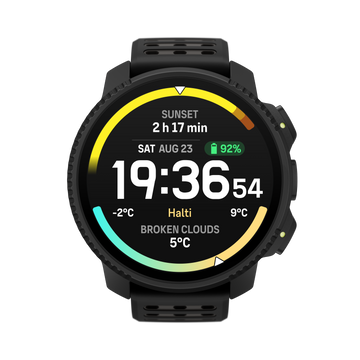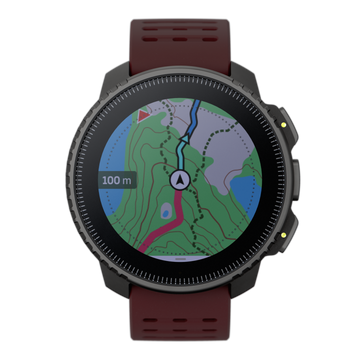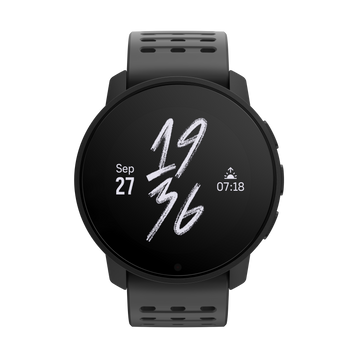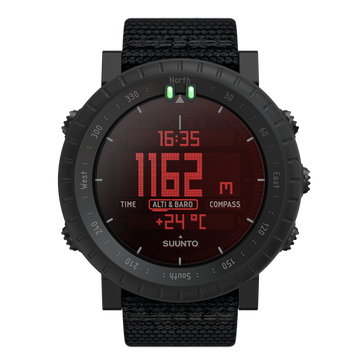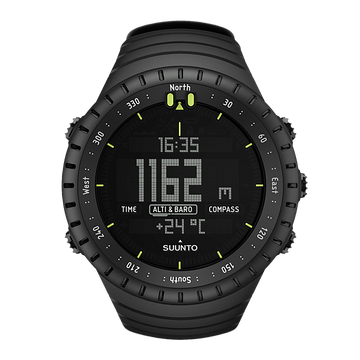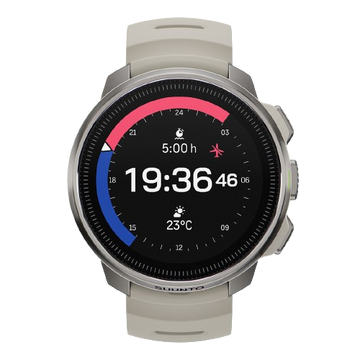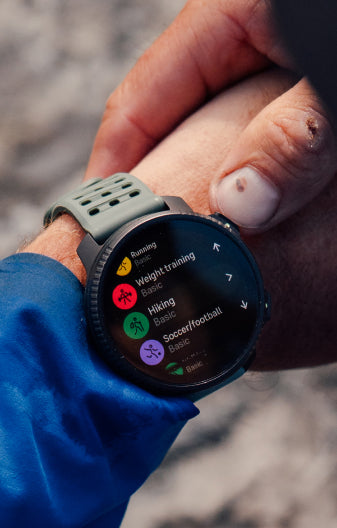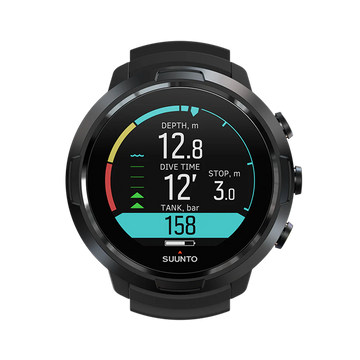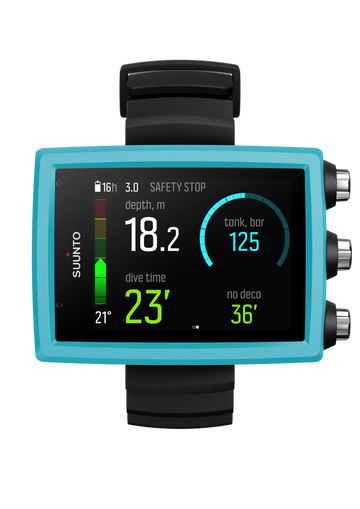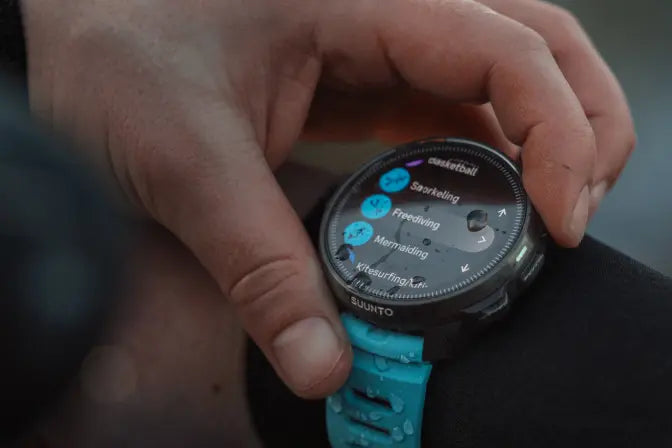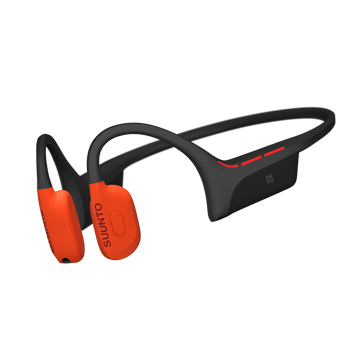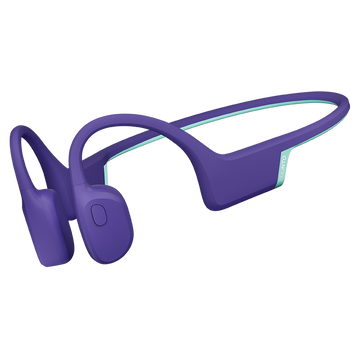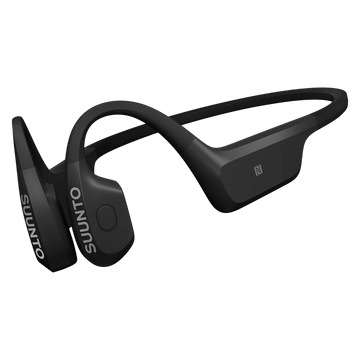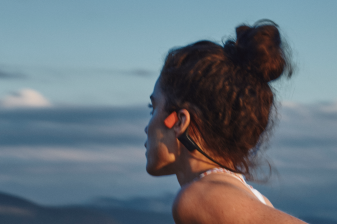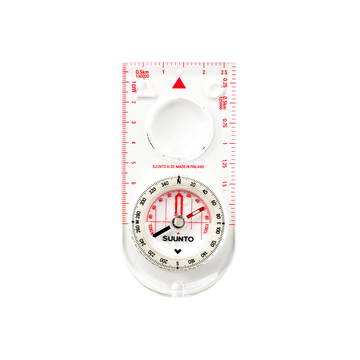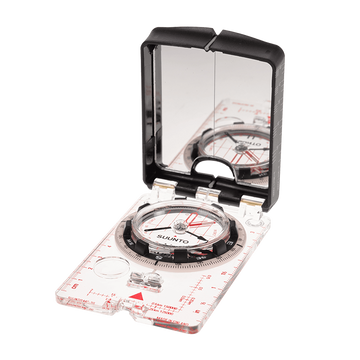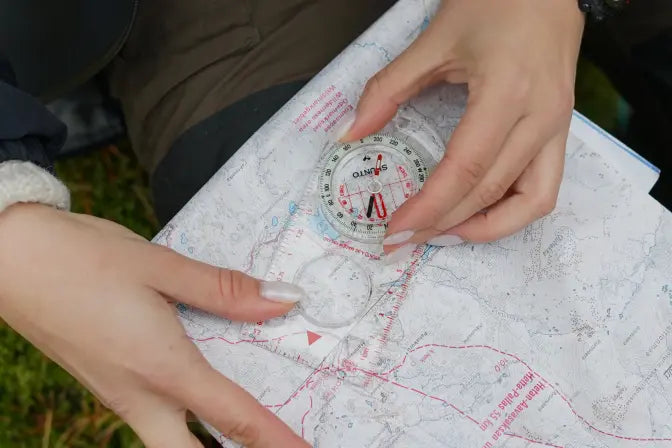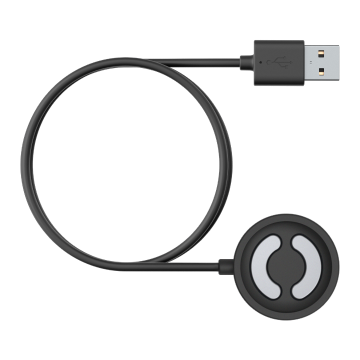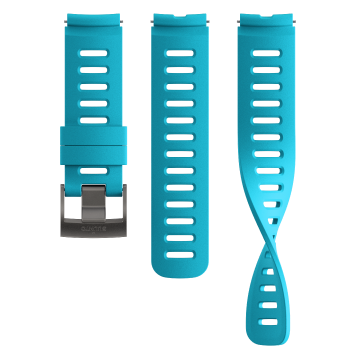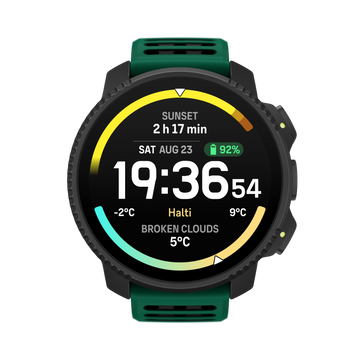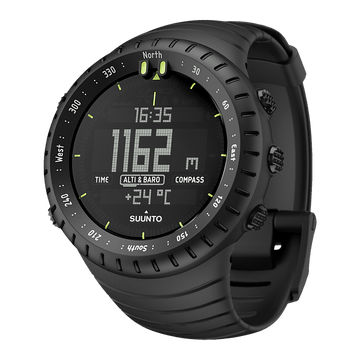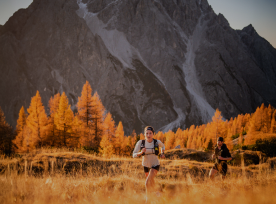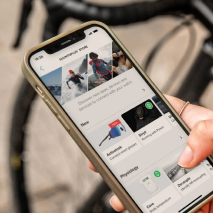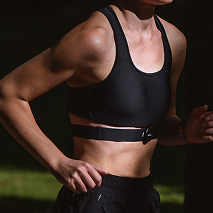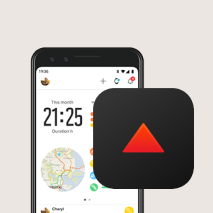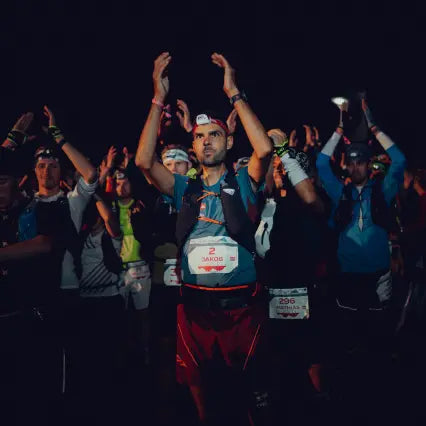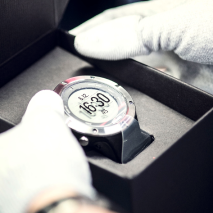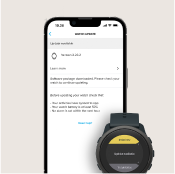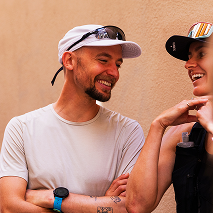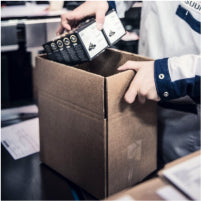
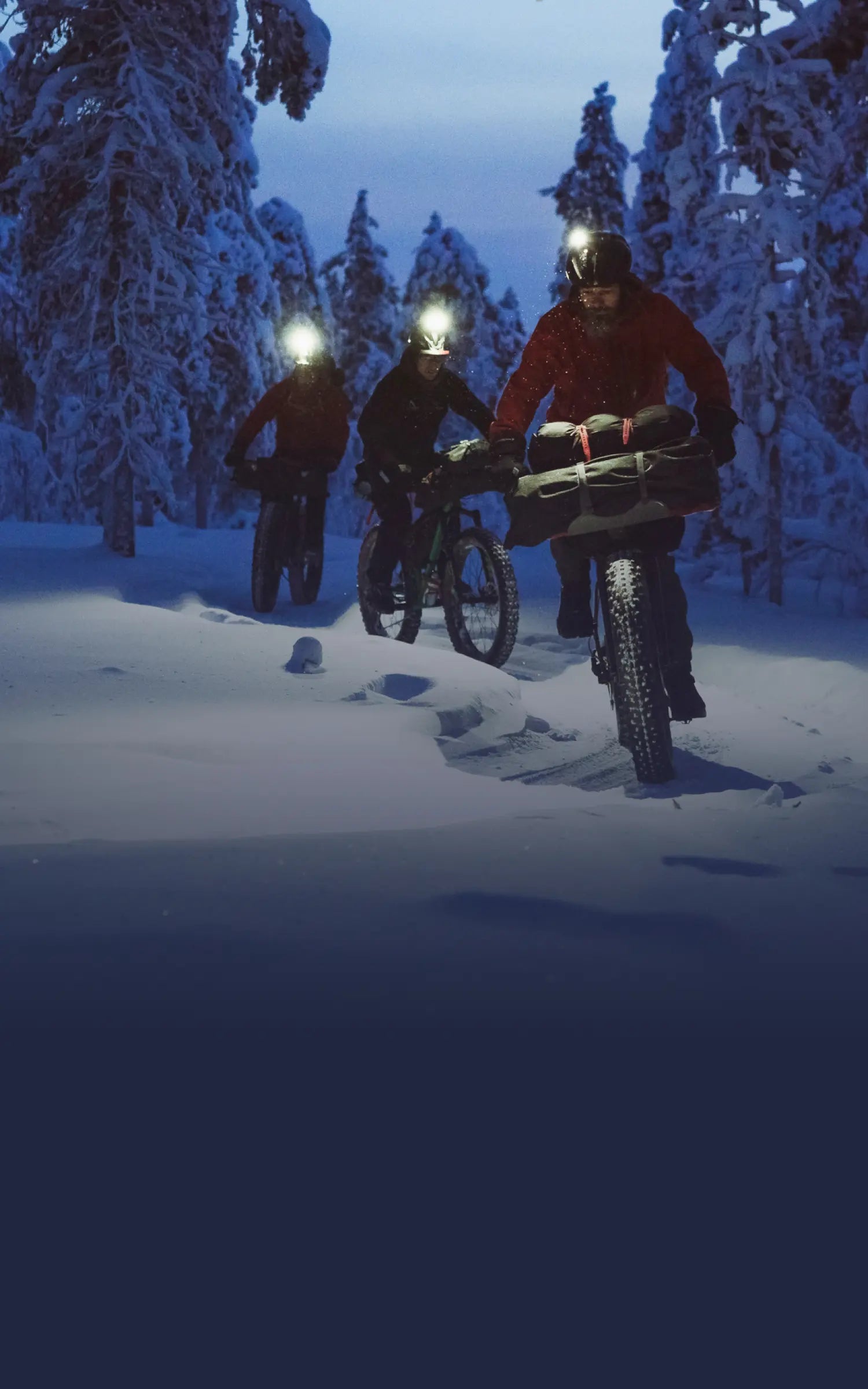
Suunto Blog
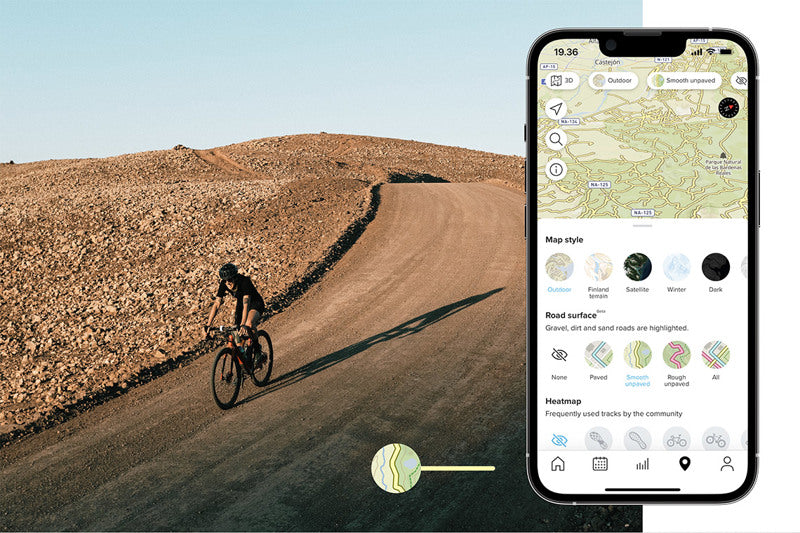
Find the right road surface for your adventure with Suunto app
Are you exploring new regions this summer or just want to find new adventures close to home but are unsure if a trail or path is suitable for your ride or run? To help you in planning, Suunto app’s map has been upgraded with a road surface map layer.
To view the road surface info, go to the map view on your Suunto app, tap the road surface button and select between paved, smooth unpaved and rough unpaved surfaces – or all at once. You can change the selection while you plan your route.
The streets, paths and trails are colour-coded based on the surface, allowing for a quick distinction between the three types of roads:
Paved roads, light blue, include roads with asphalt and concrete, they are especially good for road cycling and roller skiing.
Smooth unpaved roads, yellow, will show roads with gravel and dirt that are suitable for gravel cycling.
Rough unpaved roads, red, can include surfaces such as soil, grass, mud, or rock. These roads are good for trail running and mountain biking.
The road surface data comes from OpenStreetMap, which is an open source website. The information is based on community contribution and varies from one region to another.
Once you are back from your adventure you too can assist in improving the map data by creating an account and then editing and adding information on the OpenStreetMap.
You can learn more about OpenStreerMap’s surface types here.
Lead image: @thecyclingculture / The Traka
READ MORE:
Using Suunto app on big screen devices like iPads and Android tablets
Living peak adventure: find routes that rock
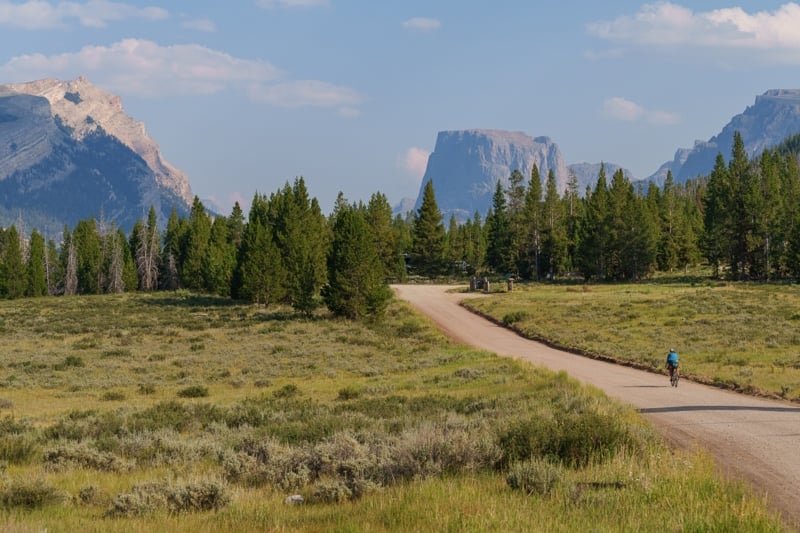
Read this and understand how to have mental toughness
It’s almost become a cliché: our biggest obstacle is usually ourselves. It’s not “out there”, but usually “in here”. Recognizing this marks an important transition in life. It’s often when we really start to fly as individuals.
In endurance sports our inner obstacles get magnified and compressed into a short period of time. Especially at the elite level, our head space has a massive impact on our game.
Suunto ambassador Anton Krupicka has had a long career as an elite endurance athlete. Through the years he’s had ample opportunity to explore what it takes to build mental toughness. It’s a slippery thing, he says. Something we must take hold of again and again.
Read on for Anton’s eloquent take on the secrets of mental toughness.
Waiting for the start at Unbound XL 2022. Photo by Sami Sauri
By Anton Krupicka
Unbound XL 2021
In 2021, when I first rode the Unbound XL–an approximately 350-mile (563 km) gravel race in the Flint Hills of Kansas–I came away from the weekend a bit, I don’t know, unimpressed, I guess. Underwhelmed, nonplussed. I hadn’t found the experience of riding my bike over the course of 28hr as emotionally affecting or significant as I had expected or hoped. Pedaling back into Emporia at the finish contained none of the end-of-race euphoria, relief, or satisfaction that I’ve come to associate with such ultra-endurance pursuits.
After letting the effort marinate for a few days, however, I realized the flatness of my experience was on me. For the first 250 miles (402 km) or so I had done a relatively good job of staying focused and engaged, riding to the best of my abilities. In the last 100 miles (161 km), though, I had let heat and drowsiness (the race starts at 3pm; riding through the night is mandatory) dominate my mindset; I basically soft pedaled the last 100 miles. At the finish, I already knew I had let myself down, and as a result, the whole event left me feeling unfulfilled. This didn’t sit well, and after some reflection, I was determined to return in 2022 with a more resolute attitude and give the event the opportunity to have an impact on me. There’s a certain kernel of truth to the cliche “nothing risked, nothing gained”. I hadn’t taken any chances, and I was, appropriately, not rewarded.
When the tough get going ... Photo by Sami Sauri
Motivation & Racing
Recently, I was asked by a friend, after such a long career in endurance racing—primarily as a mountain ultrarunner—why do I still line up for races like the Unbound XL? It’s a good question, and I’ve asked myself that often. Over the last 15 years, my motivations for racing have shifted significantly. Ten years ago, I think I was still firmly operating from a place of seeking external validation. I was racing for my ego, to beat people, to garner respect from the community and my peers as a top athlete.
After years of injury, and a certain amount of maturation, however, my perspective has changed. I’ve realized that races are rare opportunities for us to try our best. To try to be at our best. Now, my motivation is not external—I would say my physical prime has passed, and, in general, I’m simply more comfortable with who I am and my place in the world.Today, my motivation to race is more internal. I want to embrace the opportunity of working with other competitors to confront a significant challenge and be pushed and pulled to give it my best effort. To be proud of the way in which I conduct myself in the face of absurd difficulties. To fully experience life at an elevated level. The intensity of racing ratchets up the richness of life. So many emotions are crammed into a race—by time you get to the end, you feel as if you’ve lived a year’s worth of experiences, not just a day. Those are experiences that I never want to take for granted or stop seeking.
But, the nature of these events is such, that, to get there, you must, by definition, endure. This requires mental toughness. Last year’s Unbound XL taught me that a race is only as momentous an experience as the amount of effort that you put into it. Trying my best—regardless of finishing rank—is the essential ingredient to having an experience that will push me to grow, leave me satisfied and form a lasting memory.
Things don't always go to plan. Photo by Sami Sauri
Sagebrush & Summits: A Tour of Enduring
About a month after the Unbound XL last year, I embarked on a three-week, 2300-mile (3700 km) bike tour that involved running and climbing six of the highest, most remote peaks in the Rocky Mountains. It was arduous. Every single day I was forced to confront some kind of weakness about myself, some inadequacy to deal with the challenge. For the first week or so, it was really tough.
By the end, however, I felt that I could detect a subtle, but important, shift in my mindset. When things got hard, it did not feel as mentally difficult to bear as it had at the beginning of the trip. I had realized an important lesson–when things got tough, they were only unbearable if I let my mind turn negative and project to somewhere in the future. If only this hill/headwind/washboard/rain/heat/dust (etc. etc. etc.) would end! If only I were already at the top of the climb, or the next gas station, or the next town! I realized that living with that future-focused mindset is untenable. If I let my mind fall into such a pattern, the task at hand would always feel interminable.
The alternative, of course, is to strive for contentment in the moment. Once I could accept my inadequacies in the moment and make peace with the fact that all I could do was try my best, the angst would fall away. The present moment would become bearable, even enjoyable.
That lesson was the great gift of that long tour.
One thing at a time. Stay in the moment. Photo by Sami Sauri
Unbound XL 2022
In preparing for the Unbound XL this spring, I set out on a planned three-day tour of 150 miles a day in late March. My first night out went horribly. It was colder than I’d anticipated; my sleeping bag was too light. Out of desperation, I ended up sleeping in a Port-a-Pottie, desperate for any extra warmth. The next morning I woke up feeling depraved and haggard after hardly having slept at all. In defeat, I tucked my tail, and, after several cups of coffee, pedaled my bike the shortest distance possible back to my home (it was still over 100mi, but not at all what I had intended).
I had taken the lesson of the 2021 Sagebrush & Summits tour for granted. I thought I was permanently more mentally tough. This overnighter taught me that cultivating mental toughness—which really means mental equanimity in the face of hardship–was necessarily an on-going process. One never arrives at a state of mental toughness; it is a trait that must be constantly born anew.
I am satisfied to say that my experience at the Unbound XL a couple weeks ago was much different than last year. There were plenty of challenges. After only 70 miles I crashed hard, gashing my left knee, hip, elbow and hand. Despite all the raw wounds and torn up hand I was able to figure out a way to keep holding onto the handlebars for the next 280 miles. I fixed flats and didn’t give up when I no longer had anyone to ride with through the night. When the skies opened up with torrential rain in the last 50 miles, I just tried to smile and think about what a good story all the mud and water would make when we got to the finish line. I’m already looking forward to next year, but I know that having a satisfying race again won’t just happen. I’ll have to stay engaged and keep tending a mindset of contentment and equanimity. The trap of pining away for something different in the future is ever-present, but I’m now confident that with vigilance I can avoid it and have the adventure I’m looking for.
Lead image by: © Fred Marmsater
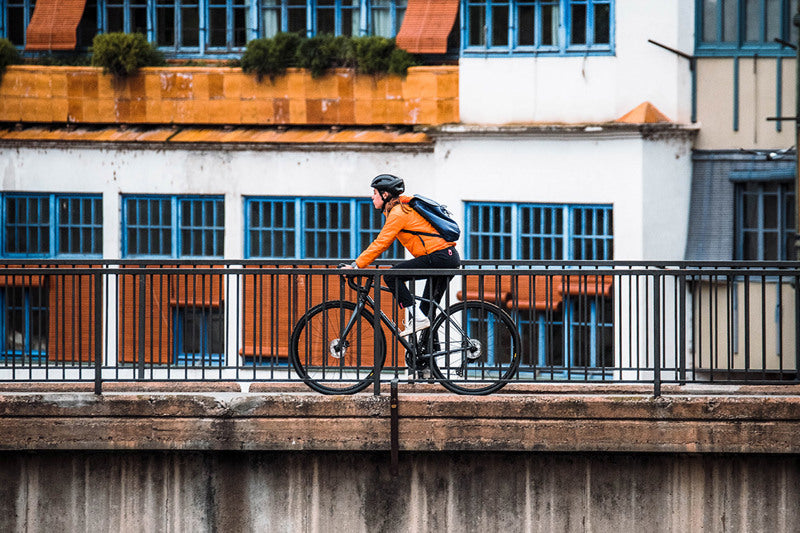
Track your human-powered commutes with Suunto
Living a more sustainable life starts with small, everyday choices. And, when done often enough and by enough people, these small changes will add up and start to have an impact.
To support you in this, we have added the ability to track your human-powered commutes with Suunto app: In addition to seeing how much you have exercised on your way to work, you will also see the climate impact of your commuting choices: Suunto app compares your commuting activities with driving the same distance and gives an estimate on the CO2e emissions you have saved.
To start tracking, you don’t need to do more than ride, run or walk from point A to point B and save your activity. On the first occasion a commuting activity has been tracked, you will be asked if you would like to activate the automatic tagging with the “commute” tag. Suunto app can automatically tag one-way trips that start and end at least 500 meters (0.3 miles) apart as commutes.
The reduced CO2e emissions for a single activity will be shown in the workout summary and the new commuting widget on the app’s home page will show your monthly total for CO2e saved.
You can easily encourage your friends to follow your example: add a photo to your commuting activity and share it with the CO2e value as a data overlay.
Happy commuting and CO2e saving!
Calculating Saved CO2e emissions
CO2e demonstrates the global warming potential (GWP) of all six greenhouse gases in one number. We calculate your emission reduction by comparing cycling, walking or running to driving your car.
About the calculation
CO2e (Carbon Dioxide Equivalent) emissions of travel by car (average of a petrol/diesel powered car). Emission factor: 0,170652 kg CO2e/km. CO2e demonstrates the global warming potential (GWP) of all six greenhouse gases: CO2, CH4, N2O, HFCs, PFCs, SF6, NF3 in one number. Data source: Govt of UK, Dept. of Business, Energy & Industrial Strategy, 2022.
Read more:
Committed to be better – Suunto’s approach to sustainability
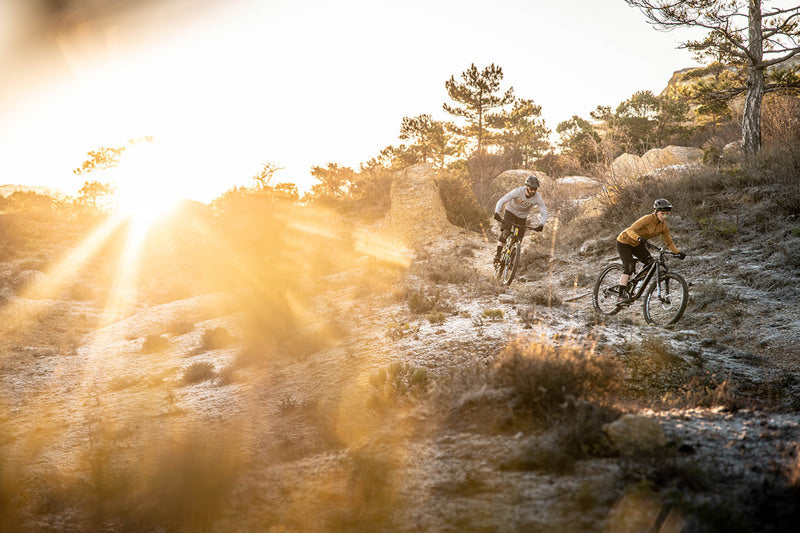
How to sync Strava routes with Suunto GPS watches
If it’s not in Strava, it didn’t happen! And if it did happen, you can (try to) do it, too: Simply save the route and sync it to your Suunto for navigation.
In addition to sharing your activities with the community and chasing segment crowns, Strava is also a huge source of routes. You can, for example, create your own routes, use route suggestions, and save your friends’ routes for navigation.
To get started with using Strava routes together with your Suunto watch, connect the two accounts in Suunto app (Go to Profile -> Partner services -> Strava).
If you have already connected your Suunto account with Strava, you will need to reconnect the two to enable the route sync: Simply disconnect and reconnect to get the new feature in use. Reconnecting will allow the route content to flow to your Suunto app.
Once the two accounts are connected the routes marked with a star in “My Routes” in Strava will be synced to your Suunto app and Suunto watch. Strava routes work as any other route in a Suunto.
“Unstarring” a route in Strava will also remove it from Suunto app
NOTE: Syncing routes from Strava to Suunto app requires a Strava Premium subscription. You can get a 60-day trial as part of the Suunto Value Pack or by starting your free trial here.
Learn more about routes on Strava

Who’s having the most fun exercising? Here’s the answer – based on data!
Feeling is an excellent metric for recovery. If your feelings after exercise start to trend downwards, something is not right. You may be pushing too hard, not recovering well enough or might be getting sick. Consider taking a break or doing something different for a change.
But in addition to helping you track your recovery, feeling data reveals more. Here are six interesting findings about Suunto community, based on the data from Suunto app database.
1. Activity type does matter: The best feelings on average are recorded after dancing, downhill skiing, horseback riding, badminton and snowboarding.
2. Two activity types stand out as exceptionally poor: The feelings after running and trail running are clearly below other activity types.
3. Weather does not have a big impact on the feeling – unless it is a torrential downpour: The activity type, for example choosing cycling over running, has a much bigger impact.
4. Gender makes a difference: Women have more (or at least as much) fun as men in all other activity types except soccer.
5. Age does not matter: The age of the athlete did not have a correlation with the mood after exercise.
6. Country heavily impacts the mood: People exercising in Austria, China, Croatia, Poland and Serbia are generally feeling exceptionally well after a training session, while France, Italy, Japan, Spain and Sweden are in the opposite end of the list with much poorer feelings after working out.
In addition to fun facts, the data also reveals interesting trends: As an example, the feeling in cycling, swimming and walking rose to a new, higher level in March 2020 and has stayed on that higher level. Changes in other activity types since Covid pandemic started have not been as clear.
Happy adventures – and keep on tracking your activity feelings for your own wellbeing and our shared interest!
Lead image: Harald Wisthaler Bikewash image: Anthony Bonello
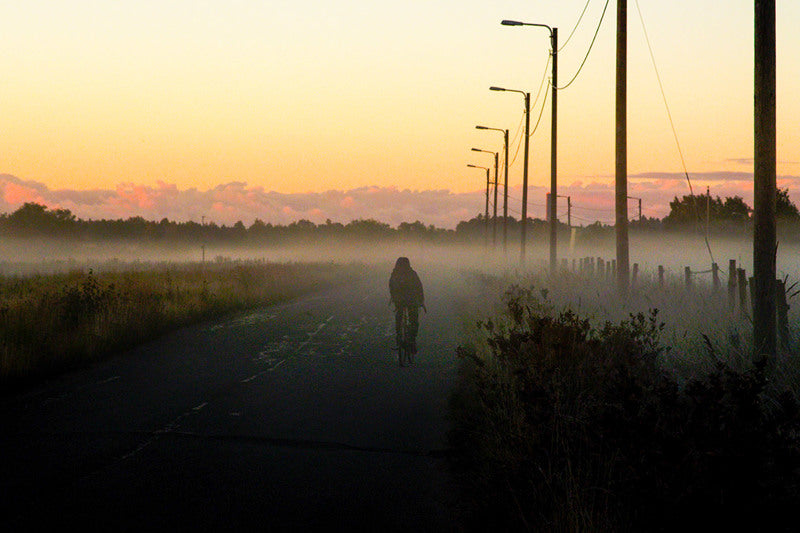
Join Suunto Commuting Day and fight CO2e emissions together
We are stoked to announce our inaugural Suunto Commuting Day to be held on Thursday, September 22. It’s simple to join: track your commute with a Suunto watch or a Hammerhead bike computer and tag the activity as a commute in Suunto app. After the event, we’ll show how much CO2e emissions our community has saved.
“One single bike ride to work may not seem like a big commitment,” says Suunto’s Sustainability manager Heidi Heikkinen. “But once you do that on a regular basis, you will start to see how it all adds up. And, when looking at the entire community, it is clear that thousands of people choosing human-powered commutes can definitely make a difference. Especially knowing that transportation is one of the biggest sources of emissions.”
You don’t even need to have a Suunto watch or a Suunto compatible Hammerhead bike computer to start tracking your human-powered commutes: you can also use Suunto app and track with it for free. You can download Suunto app for iOS here and for Android here.
“Suunto’s approach to sustainability is to increase positive effects, not just to reduce the negative ones. These are called, respectively, our handprint and footprint. We aim to tread lightly, and be a force for good. We believe in the power of community. Together, we can affect change by raising our voices and taking real action. Our ambassadors and our community care as much as we do,” says Brand manager Antti Laiho.
Learn more about tracking human-powered commutes and your CO2e savings
Learn more about Suunto’s approach to sustainability
